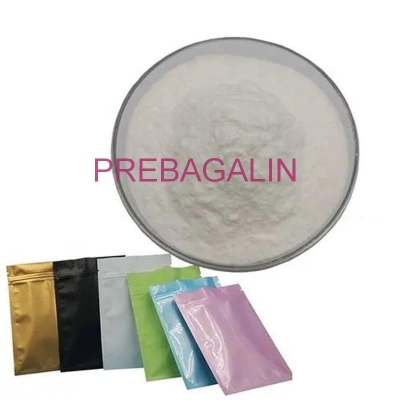-
Categories
-
Pharmaceutical Intermediates
-
Active Pharmaceutical Ingredients
-
Food Additives
- Industrial Coatings
- Agrochemicals
- Dyes and Pigments
- Surfactant
- Flavors and Fragrances
- Chemical Reagents
- Catalyst and Auxiliary
- Natural Products
- Inorganic Chemistry
-
Organic Chemistry
-
Biochemical Engineering
- Analytical Chemistry
- Cosmetic Ingredient
-
Pharmaceutical Intermediates
Promotion
ECHEMI Mall
Wholesale
Weekly Price
Exhibition
News
-
Trade Service
Click on the blue word to follow us
Curbing dangerous or inappropriate reward-motivated behaviors is critical to survival, and opioid-induced addictive behaviors are associatedwith maladaptive reward-seeking.
The paraventricular nucleus (PVT) is the nucleus
in the thalamus that expresses the most μ-opioid receptors.
Activation of PVT neurons can attenuate feeding behavior and promote social avoidance behavior
.
Neural circuits that inhibit PVT projection to the nucleus accumbens (NAc) promote food-seeking behavior
.
On November 11, 2022, the group of James M.
Otis in the Department of Neuroscience at the Medical University of South Carolina revealed the mechanism of action of the thalamic-midbrain reward circuit in regulating inhibitory motivational behavior, which can be dissociated
by opioids.
1
PVT→NAc loops inhibit reward behavior
The researchers found through two-photon calcium imaging that the activity of PVT→NAc neurons decreased during the active rod sugar water reward, and in the presence of predator odor, not only inhibited the mouse active rod, but also the neuronal activity of this circuit increased
.
In addition, the photoactivation of the PVT→NAc loop can inhibit the rod behavior of mice, and the rod compression behavior of mice is not reduced even in the presence of predator odor after inhibition of this loop, and these results show that the PVT→NAc circuit plays an important role
in regulating the inhibitory reward behavior.
Figure 1: PVT→NAc neuronal activity mediates inhibition of reward behavior
2
NAc region small albumin neurons mediate inhibitory reward behavior
Viral tracing experiments found that PVT excitatory neurons projected to medium-sized multi-spinous neurons and small albumin-positive neurons in the NAc region of dopaminergic type 1 and type 2receptors.
Electrophysiological experiments found that PVT excitatory neurons formed functional synapses with small albumin-positive neurons in the NAc region, which were enriched to express calcium-permeable AMPA receptors
.
Drug inhibition of dopaminergic type 1 or type 2 receptors in the NAc region could not affect the inhibitory effect of photoactivated PVT → NAc loop on the active compression rod behavior of mice, but inhibition of calcium permeability AMPA receptor activity could block the photoactivated PVT → NAc loop to inhibit the active compression rod behavior
.
Further chemogenetic experiments can also block photoactivated PVT→ NAc loops and inhibit mouse compression rod behavior
.
This indicates that the PVT →NAc circuit regulates inhibitory
reward behavior through small albumin-positive neurons in the NAc region.
Figure 2: NAc region small albumin neurons mediate inhibitory reward behavior
3
Opioids dissociate their receptors and inhibit rewarding effects
Intraperitoneal injection of the opioid heroin significantly reduced the neuronal activityof PVT →NAc circuit.
Intraperitoneal injection of heroin blocked the photoactivated PVT →NAc loop to inhibit rod compression behavior in mice, and promoted rod compression behavior
in mice even in the presence of predator odor.
Specific knockout of μ-opioid receptors in the PVT region blocks the above effects
of heroin.
Local injection of μ-opioid receptor agonists in the NAc region blocks photoactivated PVT → NAc loop to inhibit mouse compression rod behavior
.
This suggests that opioids inhibit reward behavior
through μ-opioid receptors in the PVT region.
Figure 3: Opioids inhibit reward effects through their receptor dissociation
summary
In this paper, it was found that the PVT→NAc circuit exerts the effect of inhibiting reward behavior, which can be dissociated by heroin, which relies on μ-opioid receptors and reveals the neural circuit mechanism
of opioid-induced addiction.
【References】
1.
https://doi.
org/10.
1038/s41467-022-34517-w
The images in the article are from references







